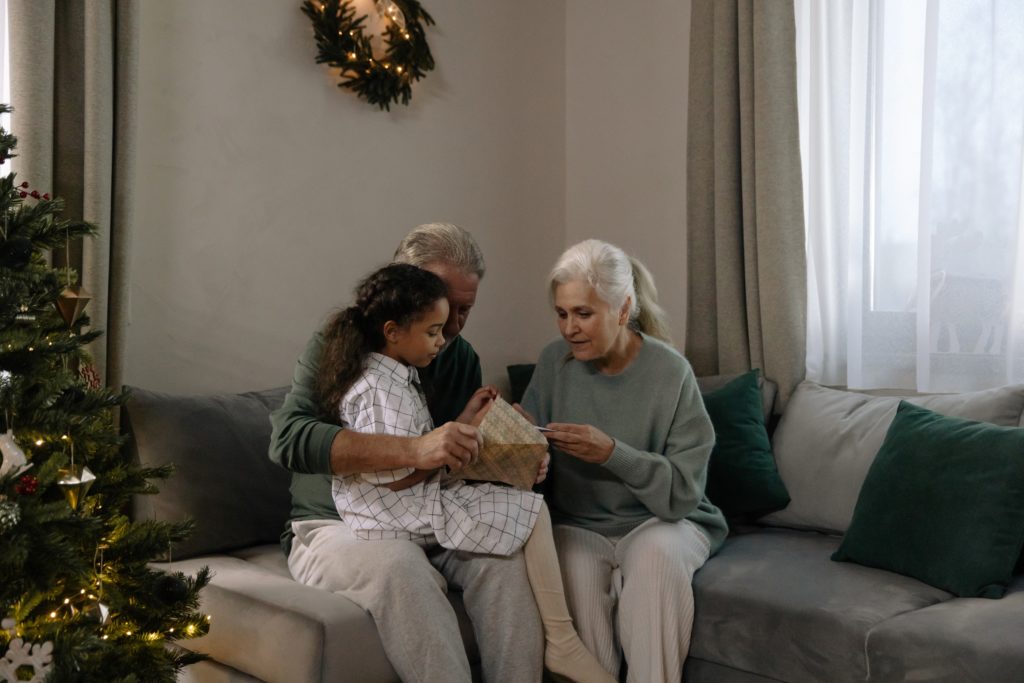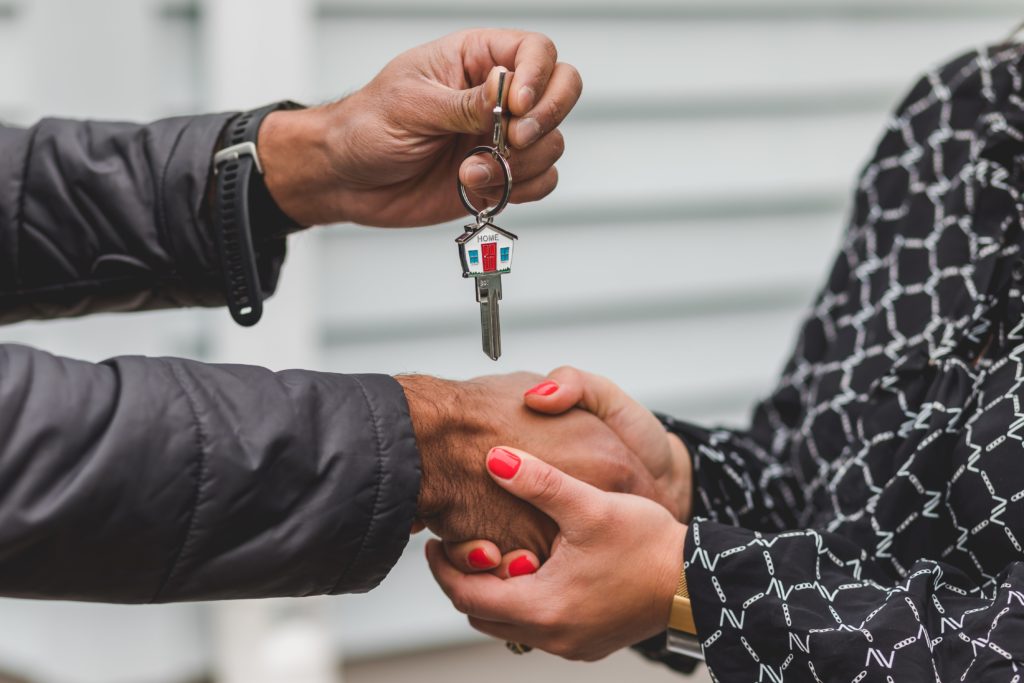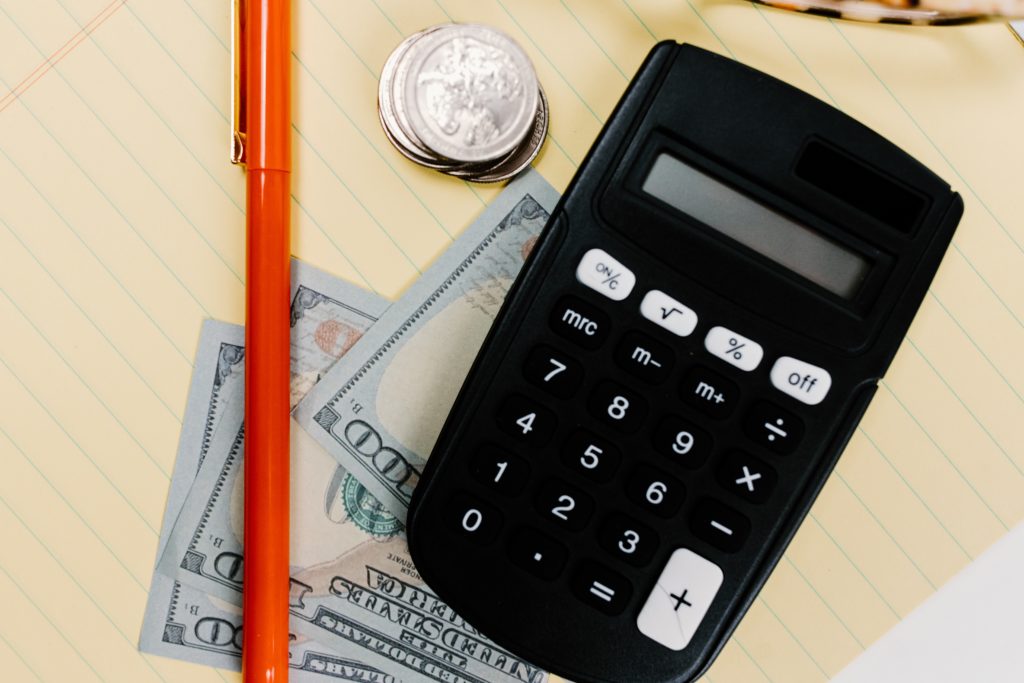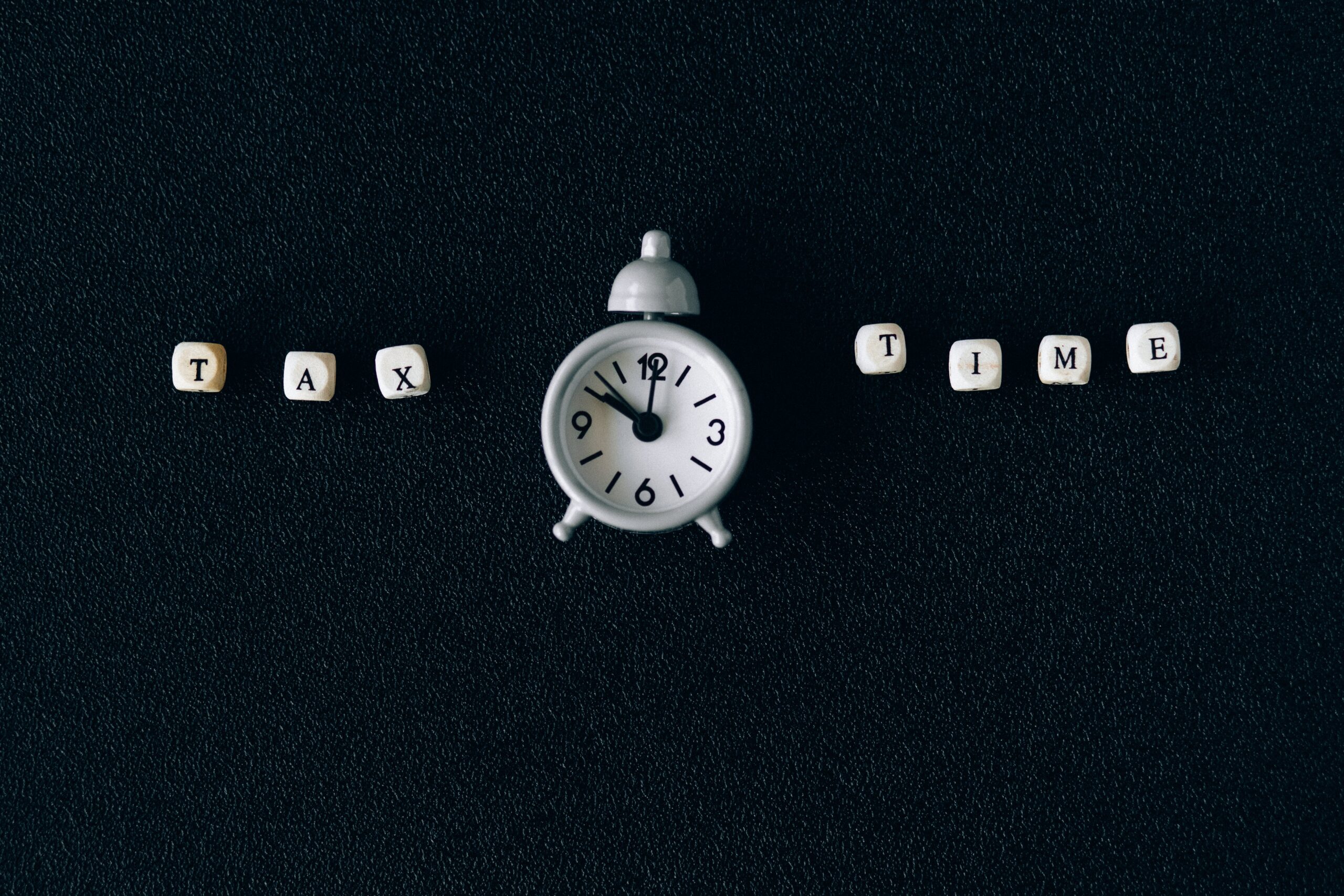A great question has been asked about if you can buy your retirement home with a Solo 401k? The answer is both yes and no. No, you cannot directly buy your retirement home with a Solo 401k and put the title in your personal name. However, yes you can buy an investment house with your solo 401k that you intend to eventually retire to, as long as it is titled to the Solo 401k and treated as a 401k investment property until your take it as an in-kind distribution from your Solo 401k after you retire.
Buying Real Estate with Your Solo 401k
Let’s begin with how your Solo 401K can invest in real estate before you retire. Real Estate has long been the darling of the self-directed investing industry. This includes all types of real estate – raw land, apartment buildings, single-family houses, condos, all sorts of commercial properties, etc. But since the topic is if you can buy your retirement home with a Solo 401k, we will focus on residential homes.
If your Solo 401K Plan Documents allow it, then yes you can use it to invest in residential homes. Most large employer-sponsored 401ks do not allow real estate investments. This is one of the big reasons why so many retirement account investors are migrating towards Solo 401k accounts that do specifically allow real estate investments, including residential houses. In fact, real estate is the most popular alternative investment among retirement account holders.

There are very specific rules that you must follow when your Solo 401k buys and owns real estate. You must first ensure that your Solo 401k plan allows this option. Nabers Group Solo 401k accounts can invest in real estate and other alternative assets. Opening a Solo 401k account requires two elements of qualification:
- You must own a business
- Your business must have zero employees (employees defined as those who work for you more than 1000 hours per year and receive W2 wages)
There are a few assets that a Solo 401k is not allowed to invest in like artwork and collectible wines, but real estate is definitely an alternative asset that your Solo 401k can own. The rules that must be followed involve “prohibited transactions” and “disqualified persons.” If you want to buy your retirement home with a Solo 401k, you must be thoroughly familiar with “prohibited transactions” and “disqualified persons.” The reason is that a retirement home is a personal transaction. Personal transactions with disqualified people are exactly what the rules apply to. As long as your Solo 401k owns the house, you must closely follow these rules. After you retire and take personal ownership of your retirement home, these rules will no longer apply.
You will find a plain English explanation of the rules at: What is a Prohibited Transaction?
For an IRS explanation, follow this link: special limits on retirement plans and Publication 560.
The consequences of violating these rules are severe including distributing all of the assets in the Solo 401k, which causes all taxes to become due in that tax year. The IRS outlines the consequences of a prohibited transaction in the following way:

“A disqualified person must pay an initial tax on a prohibited transaction of 15% of the amount involved for each year (or part of a year) in the taxable period. If the disqualified person does not correct the transaction within the taxable period, there is an additional tax of 100% of the amount involved.”
It is possible to correct mistakes, but it is much better to not make them in the first place by following these General Best Practices:
- Keep great records of your Solo 401k transactions.
- Don’t do any deals with yourself or your family (or businesses you or your family own).
- Hire unaffiliated third parties to work on, and manage any real estate owned by your retirement account.
- Don’t personally use assets owned by your retirement account.
- Seek advice from legal counsel if you have any questions about the validity of your retirement account transaction.
The bottom line is that you can buy your retirement home with a Solo 401k, but you cannot take possession, ownership, or use it in any way the entire time that it is owned by your Solo 401k. We’ll get into the details about how you distribute it out of your Solo 401k for your personal use during retirement, but first, let’s look at what you can do with it until you retire.
What You Can Do With a Home Owned by Your Solo 401k
The rules about you and other disqualified people not being able to use real estate owned by your Solo 401k are clear. This includes no occasional use – not even one day a year. This means you cannot use it as your vacation home or for any other personal use. What you can do is earn income from the house that goes directly into your Solo 401k to increase the amount of money that you will have when you retire.
It is relatively common for people to use their vacation home as their retirement home. You cannot use it as a vacation home, but the home you buy with your Solo 401k can be a vacation home used by others until you retire and take personal ownership of the home. You can buy your retirement home with a Solo 401k at the location you want and then rent it out to tourists, vacationers, residents, and other non-disqualified persons until you retire.
Many Solo 401k investors are attracted to real estate because it provides a steady stream of income and is a way to diversify their portfolio with alternative assets other than what is available on the stock and bond markets. Real estate is also used as a hedge against inflation and has become a popular way to diversify a retirement portfolio. Of course, holding real estate in a Solo 401k has great tax advantages. When your real estate investment generates high returns, rather than paying tax on those earnings, tax is deferred to a later date. This allows you to use your Solo 401k to purchase real estate and watch as your investment grows unconstrained. With a Solo 401k, you can defer the taxes until funds are withdrawn during retirement, or with a Roth Solo 401k (after-tax), you never pay tax on the earnings.

Can My Dream Retirement Home Exist in a Foreign Land
Maybe your retirement involves moving to a foreign country. One of the great Solo 401k advantages when buying foreign property is that you are the plan administrator. You have checkbook control to make the decision and execute the purchase in the name of your Solo 401k. If you are interested in retiring to a foreign country, the actual plan itself can buy that property and you as the trustee will sign and approve the deal. Checkbook control makes it quite easy to do. While you can invest in international real estate, local restrictions may apply (there are no global laws and regulations governing these transactions). Still, these can be exciting investments with much higher earning potential than you will find in the United States.
There are several other things that you can do when buying your retirement home with a Solo 401k. Not all people that you find trustworthy are on the disqualified person list. That list is about the lineal descendants of you and your spouse. Disqualified persons are your parents, grandparents, or descendants (children, grandchildren, etc.), and spouses of your lineal descendants (son-in-law, daughter-in-law, etc.). People that you might trust to treat your future retirement home with tender, loving care include your sisters, brothers, cousins, aunts, and uncles that are NOT on the disqualified person list. These people could live in the home and pay rent, so long as the rent money goes directly into your Solo 401K. You must keep documentation showing that renting to these people is what is called an “arms-length-basis.” That simply means that each party is operating independently, essentially no relationship exists, and without pressure from each other.
Something else you might consider doing with the house before retiring is making improvements or changes that will suit you in retirement – as long as you don’t do the work yourself or have any other disqualified person do it. Also, all of the costs to make the changes must come from your Solo 401k account.
Buy Your Retirement Home with a Solo 401k Using an In-Kind Distribution
It seems reasonable to have the ability to purchase a retirement residence with retirement funds – and it is! Once you have retired, it’s time for you to move into your retirement home. With any of the assets held in your Solo 401k, you can either liquidate the assets and distribute cash to yourself or you can choose an in-kind distribution. An in-kind distribution allows you to take control of the assets held in your Solo 401k plan, without having to convert them into cash.

The in-kind distribution of your retirement home will be subject to income taxes and early distribution penalties if you are under normal retirement age at the time of the distribution. However, you can begin taking distributions from your Solo 401k beginning at age 59½. That means early retirement at around age 60 is possible. The early withdrawal penalty will not apply after age 59½, but the distribution might apply to your income taxes. You probably want to get at least one income tax year behind you so that the distribution of your retirement home isn’t added to your last year of income earnings.
For tax reasons, you will have wanted to make the right decision about the funds you used to originally purchase the home. If you purchased the home with tax-deferred Solo 401k funds, the entire value of the home will be taxable at the time of the in-kind distribution. Before processing an in-kind distribution, the property must be appraised to ensure income tax is paid on the correct value. If the home was bought with funds from an after-tax Roth Solo 401k account, the in-kind distribution will NOT be taxable.
The end result is the Solo 401k owner now owns the home outside of the Solo 401k plan and can use it for personal use because it is no longer held in the Solo 401k.
IMPORTANT: Not obtaining an appraisal on the property before the in-kind distribution may subject you to payment of back taxes if the real estate property was worth more at the time of the distribution.
Also important: If you purchase the real estate directly from the solo 401k, the purchase will be deemed a prohibited transaction because, as the solo 401k account owner, you fall under the solo 401k disqualified person umbrella. This makes the in-kind distribution the correct way to conclude the transaction when you buy your retirement home with a Solo 401k.
Set Up Your Solo 401k for Tax-Advantaged Real Estate Investing
You can invest your Solo 401k funds into houses, condos, land, mortgage notes, and more! Let the gains, rents, and profits go back into your Solo 401k without taxation. Our Unlimited® platform gives you the freedom to invest in virtually any real estate deal, whether it be a rental home, a bargain at the foreclosure auction, or a syndicated “insider” real estate development.
That is why real estate has long been the darling of self-directed investors.
Opening your Solo 401k involves very little work for a ton of benefits.






2 Responses
If I take an in kind distribution of the solo 401K investment property, can I repay the distribution with cash back to the 401k within the 60 day repayment window to avoid paying tax?
Great question! That’s not possible as distributions need to be paid back in-kind. The IRS unfortunately won’t allow you to do an in-kind distribution of an asset and put back the cash value.